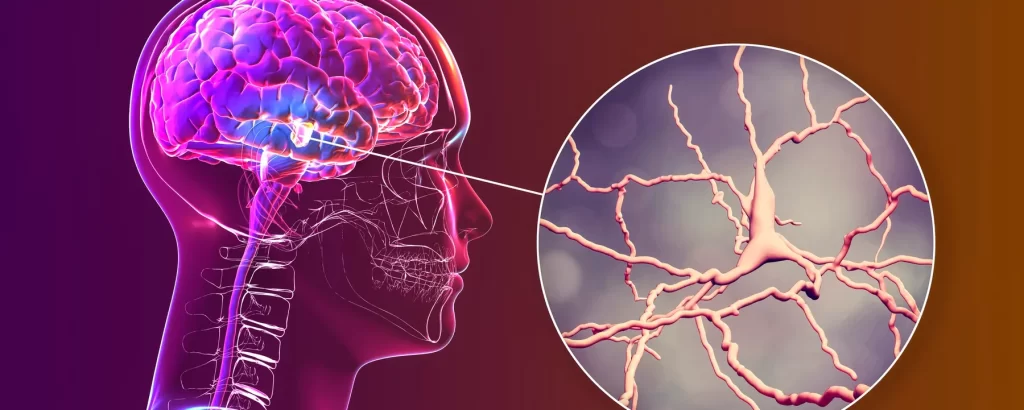New research draws a conclusive link between Parkinson’s disease and the deterioration of a subpopulation of neurons found within the substantia nigra, a brain region linked to motor control and executive functioning.
Scientists have long known that Parkinson’s—a progressive, neurodegenerative condition that currently affects about 1 million people in the United States—is associated with a die-off of dopamine-making neurons in the substantia nigra, but multiple studies going back decades have shown that certain neurons in the area survive well into later stages of the disease. In a paper published yesterday (May 5) in Nature Neuroscience, scientists from the Broad Institute of Harvard and MIT reveal why that is: there are ten different types of dopaminergic neurons in the substantia nigra, and just one is linked to Parkinson’s.
“This seemed like an opportunity to . . . really clarify which kinds of cells are actually dying in Parkinson’s disease,” study coauthor Evan Macosko, a psychiatrist and neuroscientist at the Broad Institute, tells Science News.
In the study, scientists compared the neuronal diversity in two groups of people who had donated their brains to science: eight who didn’t have Parkinson’s and ten who did. Using a technique called single-cell RNA sequencing, which can parse the gene expression activity of individual cells within a tissue sample, the team identified all ten types of neurons—each of which produced dopamine but had different gene expression profiles—in both populations and found that there were fewer of only one type within the Parkinson’s group’s brains. That, New Scientist reports, suggests that only that type of neuron died while the Parkinson’s patients were still alive, and is likely linked to the disease’s symptoms.
That specificity is “the strength of the paper,” Northwestern University Feinberg School of Medicine neuroscientist Raj Awatramani, who didn’t work on the study, tells New Scientist. He adds that the research “goes right to the core of the matter.” See “Is It Time to Rethink Parkinson’s Pathology?”
The study authors tell Science News that they hope to replicate the work with a larger number of donor brains so that they can validate their findings and perhaps identify other disease mechanisms. In the meantime, they say that their findings could lead to the development of new treatments for Parkinson’s that specifically target or replace the affected cells. Macosko says that stem cell researchers have already reached out, offering to find ways to generate the Parkinson’s-affected neurons.
“If a particular subtype is more vulnerable in Parkinson’s disease, maybe that’s the one we should be trying to replace,” Awatramani tells New Scientist
Related article:
The Precise Neurons That Die In Parkinson’s Disease Have Finally Been Identified
Testing a one-time treatment to relieve Parkinson’s symptoms












